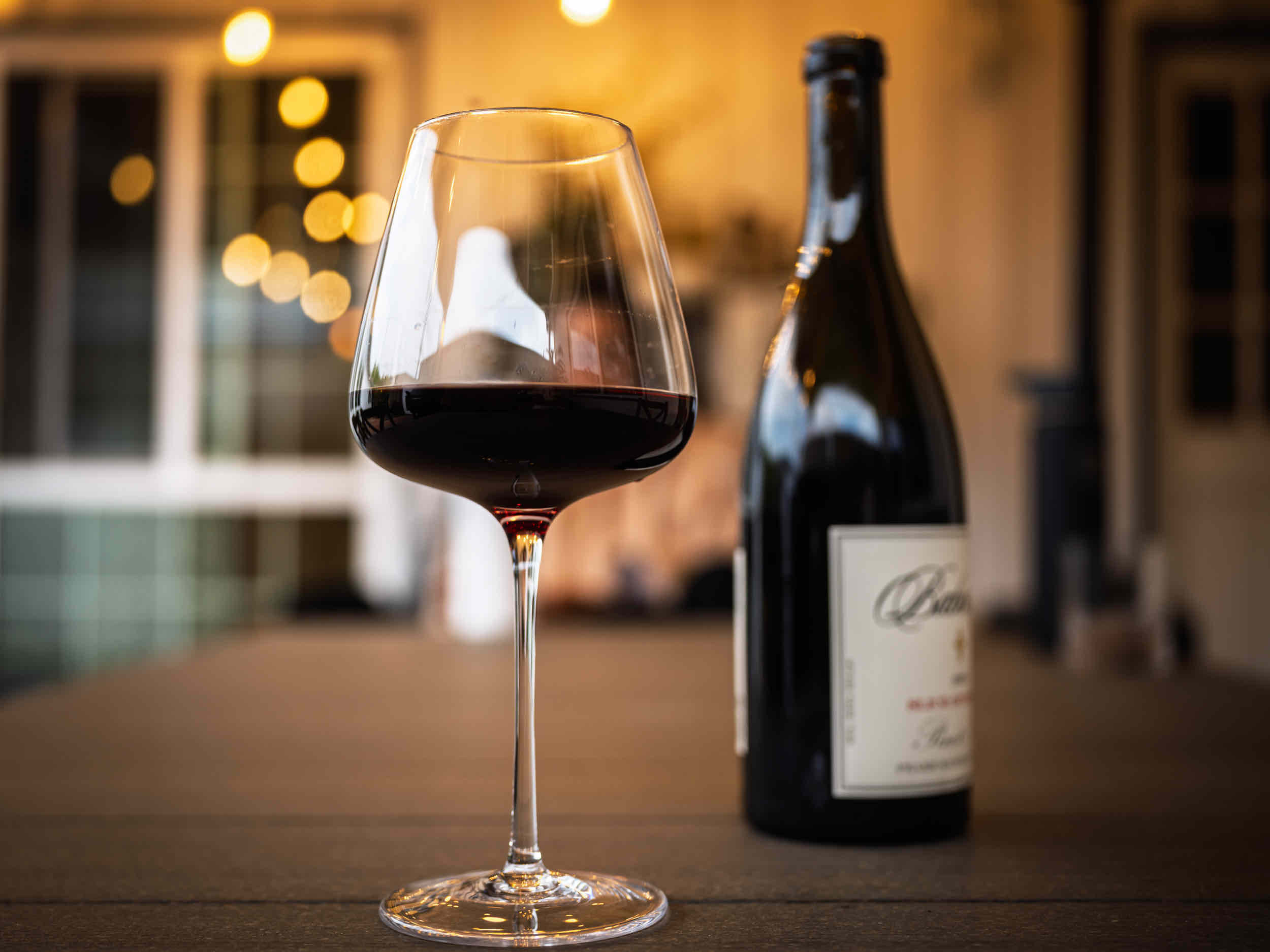Global wine is entering rare territory: volumes have fallen to their lowest level since 1961, while younger legal‑age drinkers are flirting with other beverages. Understanding why—and what comes next—requires looking at both sides of the supply‑and‑demand ledger, as well as the growing shadow cast by tariffs.
Supply: The smallest harvest in more than six decades
According to fresh figures from the International Organisation of Vine and Wine (OIV), worldwide output in 2024 is estimated at 225.8 million hectolitres (MHL)—down 4.8% on 2023 and the weakest crop since 1961. Weather extremes are the prime culprit: early spring frosts in France, hail in northern Italy, searing heat in Spain and drought in several Southern Hemisphere vineyards all took a toll. OIV
Regional impact is uneven:
|
Region |
2024 Change vs. 5‑yr avg. |
Key Drivers |
| EU (61% of global output) | ‑7% | Frost, mildew, hail; Spain suffered a double‑digit decline. |
| Italy | ‑6% (but +15% vs. 2023’s disaster) | Hailstorms mainly in the north limited the rebound. OIV |
| United States (mostly California) | ‑17% year‑on‑year; smallest crush since 2004 | Drought and the strategic decision to reduce inventories. BeverageDaily.com |
| Southern Hemisphere | ‑12% vs. five‑year average | A third consecutive poor vintage, hit by heat and water shortages. OIV |
The immediate consequence is tighter bulk‑wine supply and upward pressure on grape prices in deficit regions—although some growers welcome leaner harvests after recent surpluses.
Demand: A slide in volume, but a shift in value

On the other side of the ledger, global wine consumption fell to 214 MHL in 2024, the lowest since 1996. Gambero Rosso International The slump is most pronounced in China, where annual demand has been shedding roughly 2 MHL every year since 2018, but mature markets in Europe and North America are also cooling.
Demographics explain much of the softness:
- Generation Z and younger millennials drink less alcohol overall—about 20% less per capita than older cohorts—and are more likely to “moderate” or choose no/low‑alcohol products. Penn State ExtensionWine Enthusiast
- Drinking occasions are fragmenting; wine is losing share to beverages perceived as more portable, sessionable or healthier.
The rise of substitutes
bottles of wine on the counter tasting or store. Bottles of different types of wine
Industry data from IWSR shows that spirits and ready‑to‑drink (RTD) cocktails were the only major alcohol categories to post volume growth in 2024, while wine volumes are 21% lower than 2019. IWSR Spirit‑based RTDs in particular are stealing fridge space once reserved for a chilled white or rosé. The non‑alcoholic wine segment is expanding quickly off a small base, but most “sober‑curious” consumers are gravitating to alcohol‑free cocktails, beer or functional beverages.
Tariffs: A volatile wildcard
Trade policy is adding another layer of uncertainty:
- United States–EU dispute – Washington has temporarily capped tariffs on European wine at 10% for 90 days, but the rate could jump back to 20% if no broader deal is reached. Luxury groups such as LVMH warn the sector could face “severe social and economic consequences.” Vogue BusinessNPRWine Spectator
- China–Australia détente – Beijing lifted punitive duties of up to 218% on Australian bottled wine in late March 2024, reopening a billion‑dollar market, though analysts expect only a gradual recovery given China’s overall demand slump. ReutersExport Finance Australia
Any tariff escalation would further distort trade flows, accelerate price inflation in importing countries, and complicate inventory planning for producers already juggling short crops.
Outlook: Leaner, pricier, premium
While 2025 could see a modest rebound if weather co‑operates, structural forces—climate volatility on the supply side and demographic shifts on the demand side—point to a smaller, more premium‑focused global wine market in the medium term. Regions that can invest in drought‑resistant rootstocks, irrigation and higher‑margin styles are better placed to thrive. Conversely, entry‑level segments will feel the squeeze from both RTDs and soft drinks unless they innovate with formats, flavours and sustainability cues.
Bottom line: Wine is unlikely to regain its pre‑2010 volume peak soon, but the category is not doomed. It is simply being re‑shaped—by climate, by consumer values, and by geopolitics—into a more selective, higher‑value proposition. For producers and retailers willing to adapt, there is still plenty of juice left in the glass.


Recent Comments